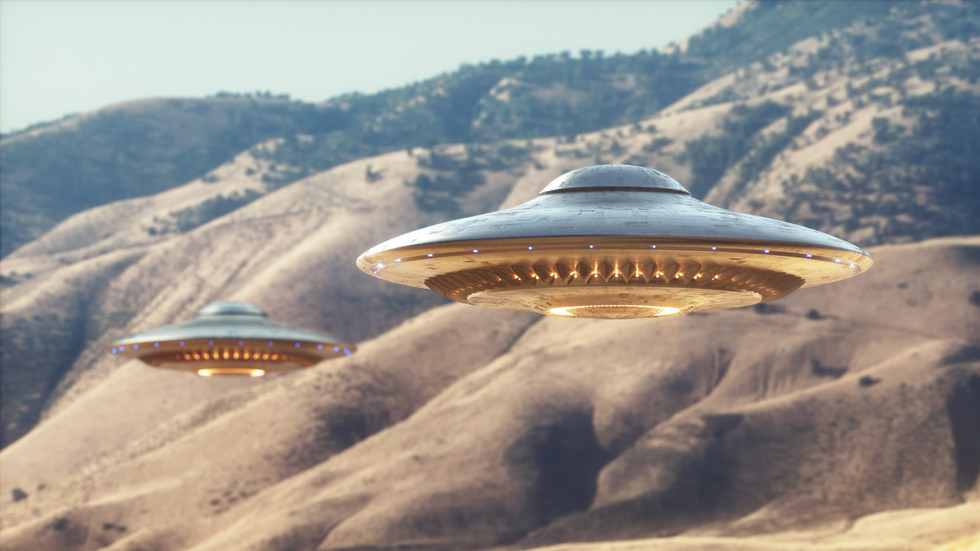Major General Patrick Ryder, spokesperson for the Pentagon, has underscored an important message regarding the existence of extraterrestrial life on Earth, asserting that no credible evidence supports claims of alien interactions. In a recent interaction with the media, Ryder refuted a journalist’s suggestion that any future announcements regarding extraterrestrial life could be overlooked due to the media landscape. He firmly stated, “The truth is out there… but we have no evidence to indicate extraterrestrial life has visited the planet.” This affirmation reiterates earlier findings from a Department of Defense assessment, which specifically addressed rumors and theories suggesting the presence of UFOs or extraterrestrial beings. According to Ryder, the Pentagon maintains a clear stance that there is no consensus or proof supporting the idea that extraterrestrial life forms have engaged with Earth, evidencing a consistent narrative from the military.
In March, the Pentagon’s All-Domain Anomaly Resolution Office (AARO) released a significant unclassified report covering sightings of unidentified anomalous phenomena (UAPs), which represent the military’s term for UFOs. This report, detailing the findings from 1945 to October 2023, is considered the most thorough investigation the Pentagon has published concerning UFO sightings. Its findings continue to dismiss claims surrounding extraterrestrial life or clandestine government operations aimed at concealing such information from the public. The AARO’s comprehensive analysis concluded there was no substantiation that historical or contemporary sightings of UAPs correlated with advanced extraterrestrial technology. Furthermore, the AARO emphasized that assertions regarding secretive governmental endeavors to reverse-engineer alien technology are founded on misinformation and misunderstanding, more often attributed to misidentification of conventional objects.
Despite the Pentagon’s clear stance, skepticism persists among independent analysts and conspiracy theorists. Many remain convinced that the government is withholding significant evidence about extraterrestrial visits or technology. This skepticism was amplified following a congressional hearing in July, in which three military veterans—one notably being former Air Force intelligence officer David Grusch—asserted claims about ongoing governmental reverse-engineering projects and the recovery of unidentified flying objects. Grusch’s testimony suggested that the US had been engaged in secret programs for decades involving the analysis of recovered vessels and non-human “biologics.” These claims fueled speculation and revived discussions regarding a possible cover-up, contrasting sharply with the Pentagon’s insistence on the absence of verifiable evidence.
Responding to questions regarding Grusch’s assertions, a Pentagon spokesperson reiterated the Department of Defense’s current position, clarifying that no verifiable information has surfaced substantiating claims of programs related to the possession or reverse-engineering of extraterrestrial materials. This dialogue serves to illustrate the ongoing tension between governmental authority and public curiosity, particularly in the realm of UFOs and supposed extraterrestrial interaction. Notably, the Department of Defense has taken proactive measures to increase transparency and allow the public to access information, launching a dedicated website for declassified reports on flying objects. This initiative is designed to empower current and former government personnel, service members, and contractors to report their encounters confidentially, reflecting a shift towards openness regarding previous limitations on information dissemination.
The theme of transparency resonates strongly in today’s digital age, where information sharing has transformed how the public interacts with knowledge, particularly regarding controversial subjects like UFO sightings and potential extraterrestrial life. The government’s move for a more open communication platform aims to address the growing inquiries and demands for clarity surrounding UAPs. This adaptation to new modes of information transfer is essential in maintaining public trust, especially when significant claims are made about national security or phenomena that challenge scientific understanding. While efforts to garner trust are underway, the contrasting narratives between official statements and popular conjecture continue to fuel widespread speculation and theories about the existence of extraterrestrial life beyond our planet.
In summary, Major General Patrick Ryder’s reiteration of previous Pentagon findings regarding the absence of evidence for extraterrestrial life underscores a clear governmental message amidst a backdrop of ongoing speculation and public curiosity. The comprehensive Pentagon reports and the establishment of AARO highlight a commitment to investigate and address sightings of UAPs while consistently countering claims regarding advanced extraterrestrial technology. Nevertheless, the enduring skepticism found among independent investigators and the public illustrates the challenges faced by authorities in reconciling their narrative with a broader culture enamored by the possibility of extraterrestrial phenomena. The Pentagon’s initiatives to promote transparency through websites and reporting channels reflect an acknowledgment of these challenges, paving the way for an evolving dialogue about the unknown and the continuing exploration of our universe.

